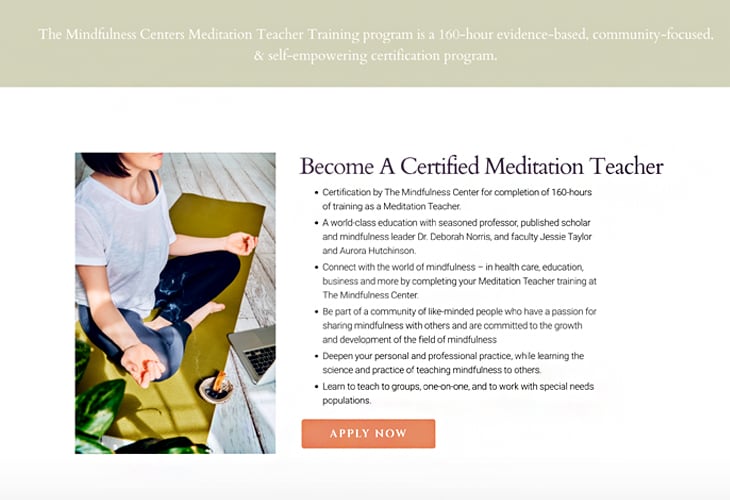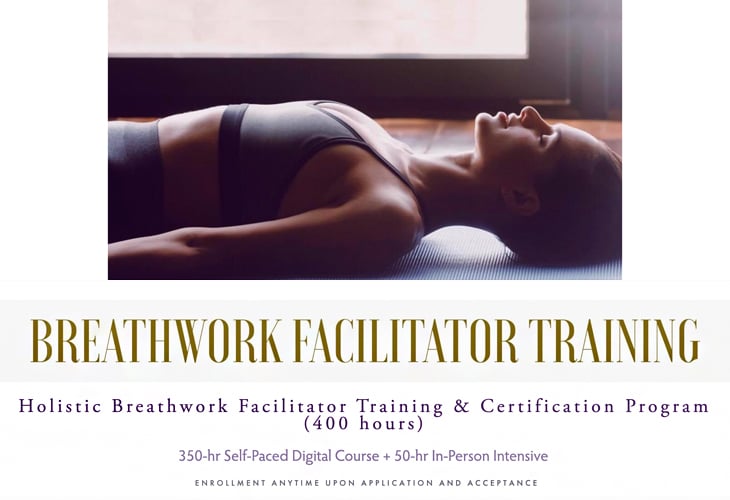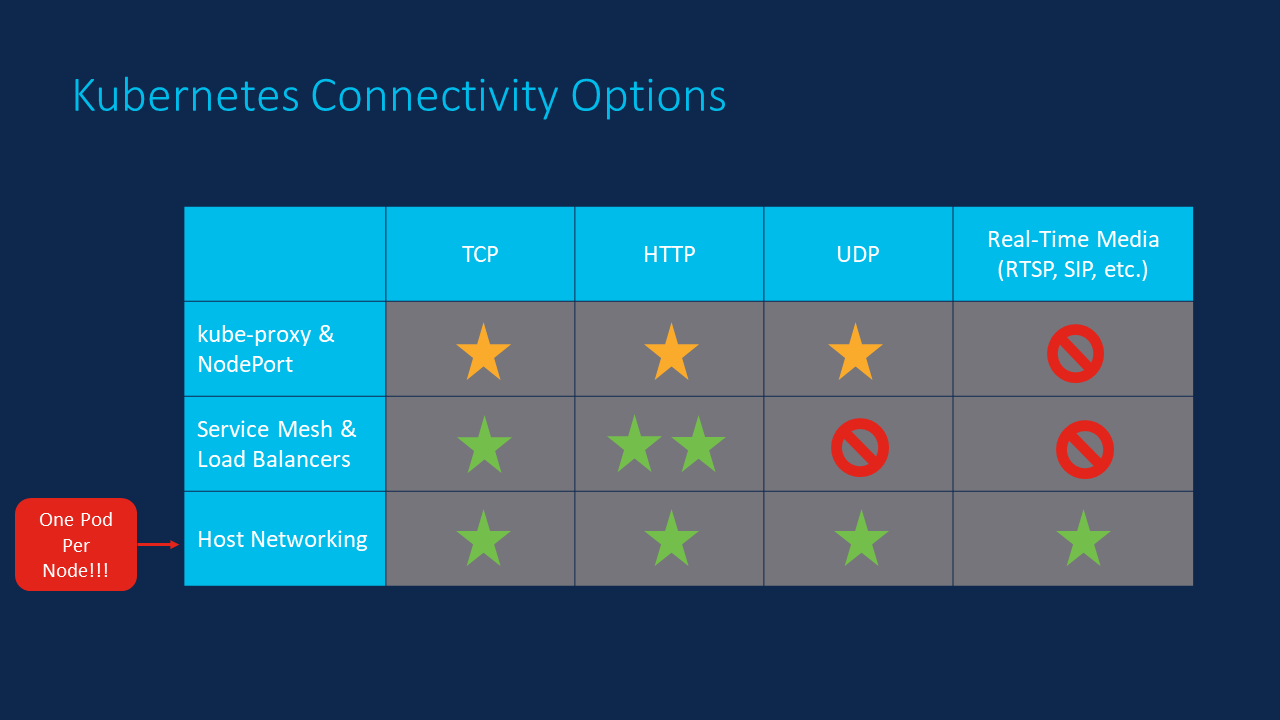Whether you want to become a meditation teacher, you already teach yoga and want to offer meditation, or simply want to dive deeper into your own personal practice, a Meditation Teacher Training (MTT) course may be right for you.
While most countries do not require meditation teachers to be licensed or certified, a good MTT course can:
- Help you learn new techniques
- Hone your teaching skills
- Learn what to do (and what not to do) for teaching individuals and groups
- Deepen your personal meditation practice
- Build your confidence as a teacher
- Build your career as a meditation teacher
The certification can help you feel more confident in offering your services when you become a meditation teacher, improve your ability to gain new clients and even get (and accept) insurance.
These Are the 10 Best 200-Hour Online Yoga Teacher Training Programs
Ready to Become a Meditation Teacher? Here’s What to Look For In a Meditation Teacher Training (MTT):
When you’re looking for a meditation teacher training, it can feel like a daunting task. There are many trainings out there to choose from, and each MTT is packaged and formatted a bit differently.
So how do you know which training is best for you? Consider the following factors:
1. Your Current Schedule
Do you currently have time in your schedule for an in-person training? Does an intensive sound good for you, or do you prefer something a bit more spread out, and/or self-paced?
2. Your Ability to Travel
Some meditation teacher trainings are in person, while others are hybrid or fully online. Some students love the idea of combining travel with their training, while others don’t have the ability to travel and therefore choosing a local training or online option best suits their needs.
3. Your Budget
Not surprisingly, the cost of meditation teacher trainings varies considerably from training to training. This is based on the location, the teachers, and the format. Many great options from our list below have lower price tags and/or scholarship or payment plans available.
4. Your Desired Focus
Meditation teacher training is not a one-size-fits-all. Each training on our list offers a different focus, from meditation rooted in Buddhist principles, to a greater focus on mental health or spirituality. Consider which aspect of meditation most speaks to you, and pursue a training that fits your desired focus.
5. Your End Goal
What do you want out of attending a meditation teacher training? Many people take certifications to deepen their own practice, while others use them for a career change. Many others are seeking a way to enrich their current career or teaching offerings.
Some of the trainings on our list offer ongoing support post-graduation, business of meditation courses, mentorship programs and more. Peruse each training below to get a feel for which has the offerings that most align with your end goal.
Now that you know what to look for, below are our top five best online meditation teacher training programs in 2024.
Find Your Perfect Meditation Match! Here Are 5 Meditation Styles Based On Your Needs
5 Best Online Meditation Teacher Training Courses:
1. Meditation University’s 200-hour Meditation Teacher Training Course (MTT-200)

Meditation University’s Meditation Teacher Training Program (in partnership with Meditation Magazine) brings together twelve of Meditation Magazine’s top teachers and authors (including our founder, Ashton August!) to create one of the world’s most comprehensive meditation teacher training courses.
The great power in the MTT-200 comes from “learning from specialists.” Think: trauma specialists, child meditation specialists, and breathwork specialists, all offering their expertise. Every teacher in the MTT-200 provides intimate insights into how they built their successful careers as meditation teachers, so you can do the same. This course also helps you develop your own practice and provides tools to become a successful full-time meditation teacher.
Fully Online: Yes, this course is fully online. There are pre-recorded videos and live Zoom sessions, but you don’t have to be in any specific location
Format: 12-Week Course (which includes the live sessions & mentorship), or the “DIY” track (access to videos & course materials, but no live/interactive/mentorship sessions)
Teacher(s): Kevin Ellerton, YouAligned founder Ashton August and YA Classes teacher Dr. Jenelle Kim, Prince Daniels Jr, Nhi Nhi Le, Thara Natalie, Brett Cotter, Isabelle Baker, Mark Van Buren, Forrest Neal, Dr. Mansi Vira and Ronn Pawo McLane
Meditation Technique(s): Breathwork (5 different types), Metta, Tibetan bowls, “Awakening”, Shikantaza, Mindfulness, Chakras, Body-scan, Zen koans, Standing and walking meditation, Karma yoga, meditation for kids, meditation for traumatized individuals and more
Accreditations: The Meditation Organization and International Mindfulness & Meditation Alliance
Length: 12 weeks
Additional Bonuses:
- Comprehensive Meditation Teacher’s Manual with dozens of styles of meditations
- MTT-200 graduates’ names are published in Meditation Magazine and can get coaching leads through listing
- Direct access to publishing articles in Meditation Magazine
- Graduates can use Meditation Magazine logo on their websites
- Graduates can livestream meditations to Meditation Magazine’s 20k+ social followers
- Graduates can “moderate” (and possibly attract clients) in Meditation Magazine’s Facebook group
- Graduates get a one-on-one mentorship and career building session
Price: $3000 for the Full 12-Week program, or $1500 for the “DIY” Track. Scholarships and discounts are available Scholarships, financial aid, and payment plans are available!
2. The Path Meditation Teacher Training

The Path’s Meditation Teacher Training is renowned for having interactive, discussion-based classes with expert teachers, small class sizes, weekly challenges to bring mindfulness into your daily life, and a focus on community.
Students can expect to learn to practice and guide a variety of meditation techniques, the neuroscience behind meditation, and Buddhist wisdom — in an accessible, understandable way so you can incorporate the learnings and learn to live with more joy, calm, and ease. Students have an abundance of opportunities to guide meditations (live and recorded) and receive feedback to confidently guide a range of mindfulness and compassion meditations.
The Path leads an internationally recognized meditation accreditation program. Graduates receive a Meditation Certification for Teaching Mindfulness and Compassion Meditation. The Path also offers a robust Business of Meditation course that’s the perfect bridge between certification and teaching.
Format: Fully online with live weekly classes & pre-recorded videos, readings, and other homework.
Teacher(s): Dina Kaplan, Leon Ford, Richie Davidson (neuroscience), and more. Also includes a section on trauma-informed mindfulness.
Meditation Techniques: Mindfulness of the Breath, Mindfulness of Body Sensations, Mindfulness of Sounds, Mindfulness of Thoughts and Emotions, Compassion Meditation, Walking Meditation, Noting, and more.
Length: 12 weeks
Price: $1,099 (partial scholarships and payment plans available)
3. Sounds True’s Mindfulness Meditation Teacher Certification Program

This is the most expensive course on our list, coming in at $6,700. Sounds True’s Mindfulness Meditation Teacher Certificate Program is a two-year course, with live training from big-name meditation teachers like Tara Brach and Jack Kornfield.
This course combines online videos with live Zoom trainings, teaching practices and Q&As. It also features video lessons from Eckhart Tolle, Dan Siegel, George Mumford, Zenju Earthlyn Manuel and Kristin Neff. It includes a “Cultural Sensitivity Training” so you can teach a wide variety of people from all demographics.
Format: Pre-Recorded Videos & Live Sessions
Fully Online: Yes, this course is fully online. There are pre-recorded videos and zoom sessions, but you don’t have to be in any specific location
Teacher(s): Tara Brach, Jack Kornfield (with “guest appearances” by Eckhart Tolle, Dan Siegel, George Mumford, Zenju Earthlyn Manuel, Kristin Neff, Van Jones and several other guest teachers
Meditation Technique(s): Mindfulness
Accreditations: International Mindfulness Teachers Association
Length: 2 years
Price: $6,700
4. The Chopra Center’s Meditation Instruction Certification

Everyone has heard of Deepak Chopra… so getting an internationally recognized certification from Chopra Center’s Meditation Instruction Certification will certainly be deeply rewarding.
This comprehensive training focuses on the ancient Vedic meditation technique of Primordial Sound Meditation. Learn about the history of this unique mantra-based meditation tradition, yoga philosophy, and receive a toolkit of practices and personalized teaching strategies to support you as a teacher.
Format: Pre-recorded videos & live zoom sessions
Teacher(s): Deepak Chopra, Devi Brown, Yogini Shambhavi Devi, Roger Gabriel, Pete Kirchmer, Teresa Long, Manjula Nadarajah and Pandit Vamadeva Shastri
Meditation Technique(s): Primordial Sound Meditation
Length: 16 weeks
Additional Bonuses:
- 16 interactive online sessions
- Your own Primordial Sound Mantra
- Weekly live Q&A webinars, private facebook group, practice sessions, and interactive group discussions
- Meditation Teacher’s Manual, teacher tools, marketing and teaching templates and other resources
- Monthly online group meditations
Price: $3,995
Why Deepak Chopra Is Practicing Two Hours of Yoga Every Day
5. The Mindfulness Center’s SOMA Meditation Teacher Training

The Mindfulness Center’s “SOMA” Meditation Teacher Training is deeply rooted in science. In fact the name SOMA stands for “Science Of Mindful Awareness.”
The course is led by Dr. Deborah Norris, a prolific neurobehavioral scientist who is also the founder of The Mindfulness Center, author of , Editor-in-Chief of MindBodyJournal.com, and Psychologist-in-Residence and Director of the Psychobiology of Healing Program at American University.
As it is run by a scientist, it’s not surprising that this course focuses on evidence-based practices and the effects that different meditation techniques have on the brain.
Dr. Norris’s steadfast focus on the science underlying mindfulness is the virtue that earns this course a spot on our top five list of the best meditation teacher training programs.
Format: Pre-recorded videos and live monthly discussions
Teacher(s): Dr. Deborah Norris, with faculty Jessie Taylor and Aurora Hutchinson
Meditation Technique(s): Covers a variety of well-studied meditations, specifically self-awareness and compassion-based mindfulness techniques
Accreditations: International Association of Yoga Therapists (IAYT)
Length: 160 hours
Price: $1,700
BONUS: Sacred Breath Academy’s Breathwork Facilitator Training

The Sacred Breath Academy’s Breathwork Facilitator Training may be the most comprehensive online breathwork facilitator training we have found online. If you want to specialize in breathwork, and have less interest in teaching more traditional forms of meditation, this is a nice bridge.
It includes 350 hours of self-paced work (using their online platform), plus 50 hours of “intensive” work, either in person or online.
While this article is mainly focused on online-only meditation teacher trainings, this course does have an in-person component (but if you need to, you can take the intensive part online.)
The Sacred Breath Academy highly recommends joining the in-person component, though, in the US, Mexico, Greece or Bali (sounds like fun if you can make it work)! Travel, food and lodging are not included in the tuition, so budget accordingly.
Format: 350 hours of self-guided online modules and 50 hours intensive (either in-person or online)
Teacher(s): Kaya Leigh
Meditation Technique(s): Breathwork
Length: 400 hours
Price: $4,444
Becoming a Meditation Teacher Is More Than a Certificate
In our internet age, online meditation teacher training has become the new normal. Meditation and yoga teacher trainings are offered in abundance, and while it’s great to have variety, not all meditation teacher training programs are created equally.
If you want to become a meditation teacher, it’s important to make an educated decision on which certification program is best for you, and for your future students and career as a teacher.
Some online MTTs provide only one or two hours of instruction, and viola – you’re a certified meditation teacher!
While this can sound nice if all you want is a piece of paper that says you’re “certified,” it does not do much to build your knowledge, wisdom, practice, presence, confidence, impact, professional network or career.
If you’re really serious about becoming a meditation teacher, it’s important to pursue a training program that will truly set you up for success. This filter is how we chose the meditation teacher trainings on this list.
Not all meditation teacher trainings are created equally.
The good news is that there are really powerful and transformative online meditation teacher training programs that can truly help you become a powerful, successful and impactful meditation teacher.
Which Is the Best Meditation Teacher Training for You? Final Takeaways
There you have it – the best options for online meditation teacher trainings. Which one calls to you?
Still not sure? Don’t hesitate to contact the trainings you’re interested in. We have found that most of these organizations are responsive and dedicated to helping you find your right MTT fit. Each teacher training listed here has an FAQ page, reviews and testimonials, and videos and curriculum samples to give you a better sense of what to expect.
This article did the heavy lifting for you in terms of research. Now you’ve narrowed down your search and our hope is that you come away with a great sense of clarity and inspiration in your meditation teacher training journey.
The world needs more meditation, and as teachers, you become the gatekeepers of this potent practice.
Whether you decide to take one of these meditation teacher trainings (or another!) to deepen your own meditation practice or to guide others in their journey, they are all incredible programs, led by phenomenal teachers and wisdom keepers, and you are sure to have a transformative experience.



























